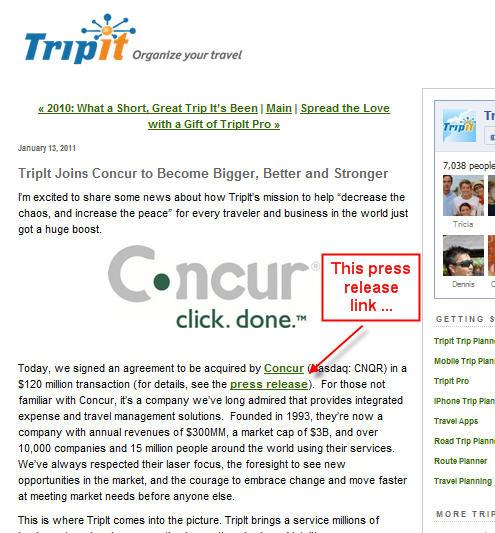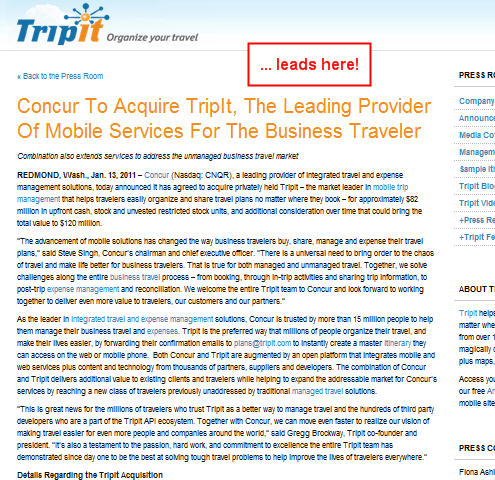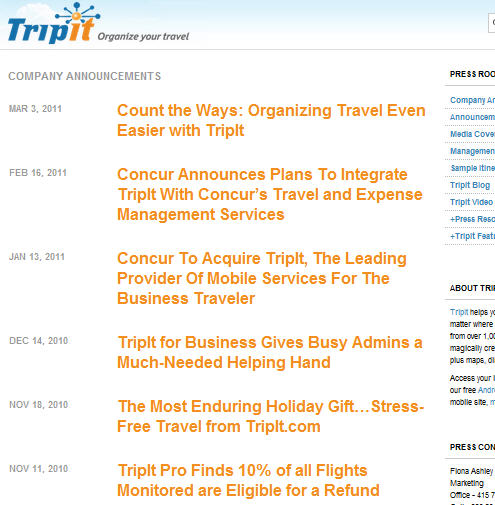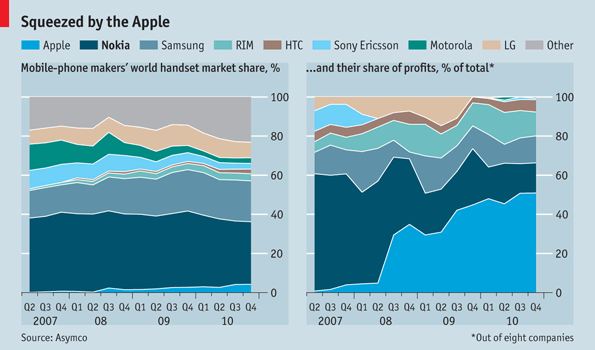Reading my headline, you may be thinking, “Why would I even want the press releases on my corporate site to be more blog-like? Aren’t blogs kind of, well, flaky?” The answer has to do with three dimensions of a sound digital communication strategy:
- Improved engagement
- Improved compliance
- Improved search engine presence
Improved Engagement
Here’s what I mean by improved engagement. It has to do with engaging (involving, informing) web visitors. If your site provides more information about a newsworthy product or service, the chances are better that a web visitor will want one. There’s an old salesmanship saying: “Telling is selling.”
Of course, engagement isn’t the same thing as boring someone to death. That’s why the web is such a great way to deliver content. When content is served up properly, there are ample spaces for long copy to breathe. This copy can be broken up between several pages, headings or hidden div layers. When a visitor wants more information, he or she simply has to click, or to scan headlines and sub-headings.
Some think you can’t pack much selling information into a stodgy old press release. They’re quite mistaken. Press releases that are loaded into a web site can describe features and benefits. Because of the journalistic style of them, these descriptions are usually short — or at least written in an easy-to-digest inverted pyramid style.
To keep these online press releases relatively short, yet packed with selling power, writers should link often to more detailed information elsewhere within the site. Just as I have with my link to a definition of the inverted pyramid style of journalism (earlier in this paragraph), a single link can speak volumes for those curious enough to click.
Improved Compliance
Just as you can (and should!) link off of the press release to other source information, you should consider linking to a given press release from blog posts on that topic. This allows you to speak more loosely in your blog posts without running afoul of the legal team in your company who want to ensure the company won’t lose credibility or get sued.
Below is an example, from the press release section and blog section of the Tripit.com site:


Look at the headline for the blog post: “Tripit Joins Concur to Become Bigger, Better and Stronger.” It’s a lot easier, from a compliance perspective, to say this in a blog post. Journalists and the financial industry — the two groups most likely to be interested in this story — would both regard a press release using this language with some skepticism.
However, by linking to the press release talking about the same event, this level of hyperbole is understandable … even expected. Blogs are about opinion. Press releases are about cold facts.
So how is the press release in this example behaving more like a blog post? You really can’t tell unless you look at the source code, but this press release was posted using the WordPress blogging system. Which leads to better search engine performance …
Improved Search Engine Presence
Here are four ways that serving up your press releases the way Tripit.com has is smart from a search engine marketing perspective:
1. More press releases = more search engine optimization
This technique gets your public relations or marketing teams out of the mindset that press releases should be rationed out carefully. Just as blog posts go up often, so should your press releases. Mind you, this does not mean more spending with services such as PRWeb or PRNewswire. That’s what got your PR team into the mindset in the first place!
Instead, continue to use those far-reaching press release distribution services for the big announcements. When you do, replicate the press releases on your site. Then post others that aren’t earth-shattering news, but can support other product or service launches or upgrades.
Most corporate site web visitors don’t seek out press releases. But if you link to specific releases from blog posts, the content will reinforce what’s in that post. The intra-site links will also slightly boost the rankings of both pages in the eyes of many search engines.
2. Double the odds of getting into top search engine results pages
With the one-two punch of a blog post and a press release, you double your chances of ranking high. That assumes that none of the content between the two items is shared. Search engines frown on identical copy one pages that it is indexing. True, you can excerpt the press release in your blog, but don’t get carried away.
3. Provide search engines with a second RSS feed
One of the reasons that search engines love to rank blog posts high in results pages is they timely and are easily accessible through RSS feeds. When a blog post goes live, a search engine that has access to its RSS feed has the inside scoop, so to speak. The same can be said for your press releases when you use a blogging platform such as WordPress to publish them.
4. Benefit from search-engine-friendly page URLs, categories and much more
Here is the full URL of the press release example shown about:
http://www.tripit.com/press/2011/01/concur-to-acquire-tripit-the-leading-provider-of-mobile-services-for-the-business-traveler/
This is exactly the sort of URL that search engine spiders can sink their teeth into!
Finally, a press release can be given a “category,” such as Tripit’s “Company Announcements” (the full length is truncated and you can see the left edge in the upper right corner, below. This allows that category page to be indexed by search engines as well. Here’s an example from the Tripit.com Press Release section:

I could add one more reason to use this technique: It’s extremely easy to install and test. Try it with your corporate site. If you already have, let me know what you think of it.
Have you noticed, by the way, that I haven’t mentioned press releases in PDF format once? It’s only because I trust you, dear reader, to not even dream of using this unwise tactic with your company. But if you have no choice, please share this posts with the powers that be and beg them to reconsider their folly.
The marketing power of a press release is a terrible thing to waste!



